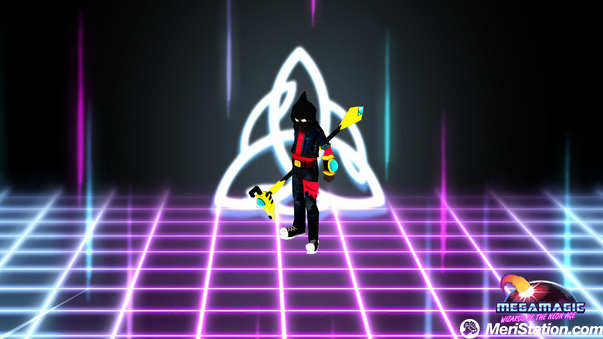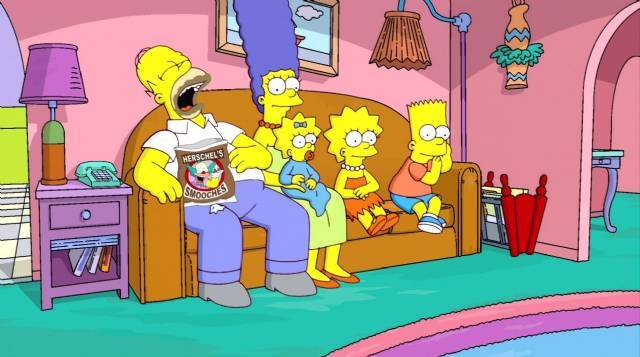They say that a person is not from where he is born, but from where he is raised. To that expression we could add the nuance “of the time in which it is raised”. It is difficult to find who, having a happy childhood, does not dye melancholic rose memories and yearn for aesthetics, music, clothing and even eating those years (and places) in which he was formed as a person.
This certainly seems to be the case of the Beautifun Games team , (authors of the popular Nihilumbra), which with Megamagic seek to make a bold and uncomplicated turn to the 80s. And to a very specific aspect of the late 80s and early 90s, in fact: the morning animation series
on weekends, those that shaped the way of seeing and understanding topics such as magic, courage and self-improvement of several generations.
Battleborn Analysis: riding between Borderlands and League of Legends
This inspiration permeates the entire product: from the title itself and its logo to the different types of characters we can find (especially in those punks that come from any of the gambling dens), through music and the aesthetics of the stages.
But not aesthetics lives a game (although it is the most emphasized element both in the game itself and in its promotion), and after it we find a fulfilling entertainment and no more pretensions than to have a good time. In spite of the long list of inspirations that the
creators (Devil, Pokémon, The Legend of Zelda, Comand & Conquer) highlighted, the result luckily is not the sum of those parts, but an isometric
perspective rpg with a system combat point and click based on the invocation of beasts that fight for us. The quantity and variety of these beasts will increase as we progress, but not to the point of varying the RPG approach to one of strategy.
Both these invocations and our own spells spend a magic bar that regenerates over time: as long as we have enough magic, we can replace the defeated beasts.
The system works quite well in general, although sometimes, especially before larger groups of enemies, we will end up circling around dodging attacks while trying to recover. Because although the enemies leave magic when falling, and if we are close to them we can
“steal” it, our health (which only regenerates with potions left by enemies falling or passing through a checkpoint) may suffer the consequences of approaching to battle more than the account.
Graphically the game shows an interesting aspect, with some irregularities, yes. In this sense it is worth mentioning the introductory cinematic scene, which does an enormous job in bringing us back to the sensations of those animated series.
The scenarios and characters vary in their execution, sometimes with flashes of great quality, sometimes sinning for simplicity, but always above the barrier of what is acceptable. The scenarios are, as mentioned above, isometric and divided into large spaces; sometimes more linear and in others more open to exploration.
From time to time we can talk to some characters or interact with some elements (even a small puzzle), but most of the time they only serve as the ground
on which to defeat our enemies. The one that stands out as a great work is music, which immerses us perfectly in that catchy pop of synthetic sounds of the 80s, as well as conveniently setting the different situations. The sound effects also help a lot to the general atmosphere.
The world of Megamagic, the so-called “Neon Age” referred to in the title, begins when a meteor hits the earth in the early 80’s, and humanity develops magical powers and an eternal taste for all eighties, kept without apparent variations in the 2000 years since then.
That in the cultural, because in the political we have returned to an almost medieval world, divided into different factions. The most powerful is a religious /
political group, the Order, which as its man indicates puts order and control over magic and society in general. As an executing arm, they have the Techno Rangers, mechanized soldiers with superhuman abilities that protect normal humans from the many threats that exist, be they wild monsters (called “grims”), or the undead.


